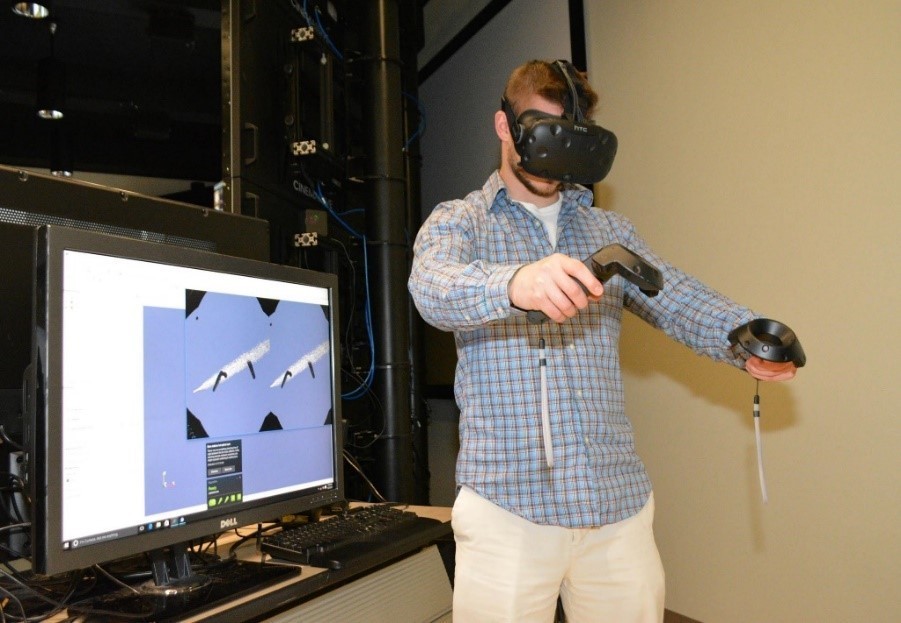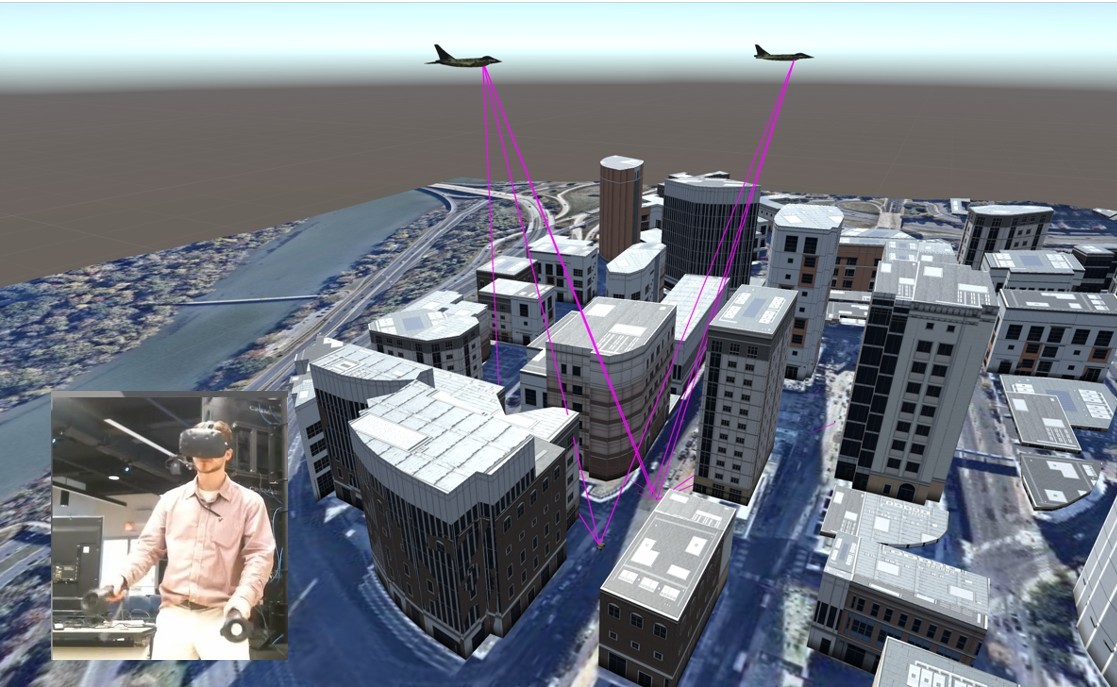
In Augmented Reality, Virtual Reality and Mixed Reality News
August 26, 2020 – The US Army has recently stated that video games which utilize both augmented and virtual reality (AR/VR) have inspired it to embrace both AR and VR for utilization into its day-to-day operations, thanks to the technology’s ability help to deliver immersive experiences, as well as provide advanced visualization capabilities, which can enhance the analysis and presentation of complex research data.
At the US Army Combat Capabilities Development Command’s (CCDC) Army Research Laboratory, researchers have developed workflows that make it easier for scientists and engineers to adopt VR and AR into their day-to-day operations.
According to Dr. Simon Su, a computer scientist at the laboratory’s Department of Defense Supercomputing Resource Center, virtual and augmented reality technology has progressed immensely over the past two decades thanks to the gaming industry. He commented: “The advancement of virtual reality and augmented reality research has mainly been driven by the gaming community. Right now, a commercial VR system has better capabilities, higher resolutions and greater usability—and it’s only around [USD] $400. Even high-end versions in the current marketplace are ten-fold cheaper than they were two decades ago.”
Within the Army’s corporate research laboratory, Su leads the effort in adapting VR and AR technology to support Army researchers for data-intensive scientific and engineering applications. In order to lower some of the perceived entry barriers of utilizing VR, including hardware and software setup and troubleshooting confusing issues, Su and his team prepare the technology in advance so that Army researchers can explore the benefits of VR and AR at their leisure.
“We approach Army scientists and offer to run their data on a visualization system for them so that they don’t have to worry about what software to use or how to load the data,” Su said. “We solve all that for them so that they can do their job. Their job is not to get the visualization system working but to analyze the data to do their science.”

Su and his colleagues have created VR and AR applications to improve the usability of various open-source and commercially available technologies. For example, the team has expanded the immersive capabilities of an open-source visualization software called ParaView and made it compatible with hardware platforms such as zSpace and HTC Vive. As a result, researchers are able to apply 2D visualization techniques on 3D data with zSpace or use handheld HTC Vive Controller devices to interact with a 3D rendered view of data within a virtual environment.
In another example, Su and his colleagues have constructed a mixed reality system that synchronizes the view of multiple Microsoft Hololens devices, allowing multiple users to observe the same 3D holograms and whilst still being able to make eye contact with each other.
“We are leveraging the same technologies developed for the gaming industry to support the analysis and exploration of the Army’s data,” Su continued. “Instead of looking at large, complex 3D data on a 2D platform and making guesses, researchers can immerse themselves in a 3D environment and interact with the data directly.”
According to Su, VR and AR technology can help to illuminate a variety of research endeavors and can allow researchers to visualize high-speed spray structures necessary for understanding the fuel-air mixture processes in aviation engines; simulate mission scenarios with holograms to study team behavior; and more.
“The 30 percent of scientists who use VR and AR for data analysis have such a technical advantage that the other 70 percent just cannot afford to not use it,” Su added. “If we can make the software and hardware set up as easy as turning on a laptop, then it may become just as universal one day.”
The team has published its research paper, “Virtual and Augmented Reality Applications to Support Data Analysis and Assessment of Science and Engineering”, in the peer-reviewed journal Computing in Science & Engineering.
Image credit: US Army CCDC Army Research Laboratory
About the author
Sam is the Founder and Managing Editor of Auganix. With a background in research and report writing, he has been covering XR industry news for the past seven years.
